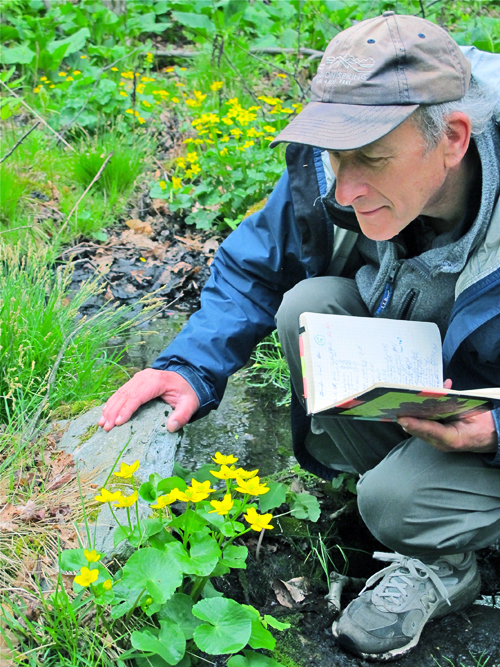While researchers says there is no sign plants have hit the limit of their ability to respond to record-breaking warm temperatures, the consequences of earlier flowering for plant productivity, pollinators like bees, and ecosystems in general remain unknown and could be harmful.

Records kept since 1852 in Massachusetts—initially by Henry David Thoreau near Walden Pond—and since 1935 in Wisconsin, including observations by environmental pioneer Aldo Leopold, show that common wildflowers now blossom 20 days earlier and 24 days earlier respectively than in the past.
Many plants need a long winter to undergo the physiological changes required to bloom in the spring.
“In 2010, plants flowered three weeks earlier than in Thoreau’s time and we thought we’d never see another year like that,” says Boston University biology Professor Richard Primack, who co-authored the paper, along with postdoctoral researcher Elizabeth Ellwood and colleagues Charles Davis at Harvard University and Stanley Temple at the University of Wisconsin.
“But then two years later we had another record early flowering year both in Massachusetts and in Wisconsin.”
This new study showed that many plants—such as highbush blueberry and the pink lady’s slipper orchid—flowered up to 4.1 days earlier for every degree Celsius rise in mean spring temperatures (2.3 days earlier for every degree F rise in spring temperatures).
Significantly, it showed that the historical patterns of early flowering in warm years and later in cold years can predict flowering times even in exceptionally warm years. It also found that the wildflowers just keep flowering earlier as the weather warms.
“While these plants have shown remarkable resilience over decades of changing weather, it is unknown whether plant flowering times will continue on a linear trajectory of earlier flowering, or if at some point plants instead will be unable to keep pace with climate change and just start dying,” says Primack.
“Thoreau and Leopold are icons of the American environmental movement and it is astonishing that the records both kept decades ago can be used today to demonstrate the impacts of climate change on plant flowering times.”
The study is published in the open-access journal PLOS ONE.












